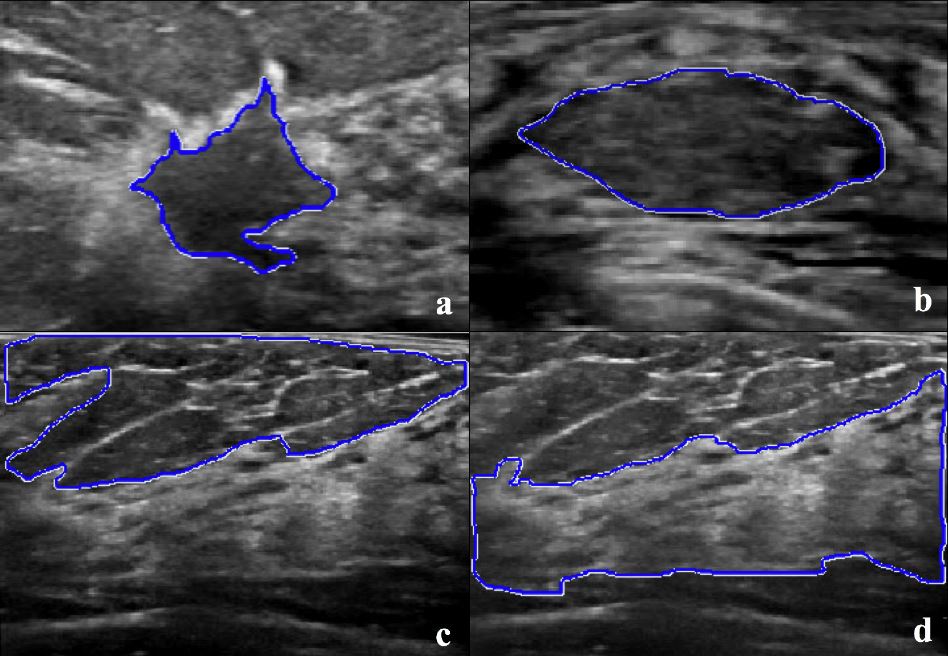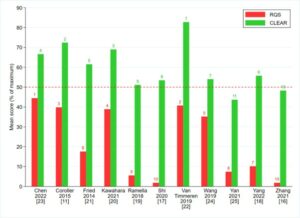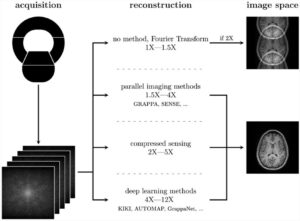In this study, the authors aimed to determine whether features derived from texture analysis (TA) are able to distinguish between normal, benign, and malignant tissue on automated breast ultrasound (ABUS). This pilot study included 54 women who underwent ABUS with benign and malignant solid breast lesions. The authors concluded that TA, in combination with machine learning (ML), may very well be a useful diagnostic tool in evaluating breast imaging findings in ABUS.
Key points
- Analysis of texture features on automated breast ultrasound can help to categorise imaging findings.
- Machine learning can be applied to texture features to categorise breast lesions.
- Machine learning performs better than the analysis of single texture features.
Authors: Magda Marcon, Alexander Ciritsis, Cristina Rossi, Anton S. Becker, Nicole Berger, Moritz C. Wurnig, Matthias W. Wagner, Thomas Frauenfelder & Andreas Boss













